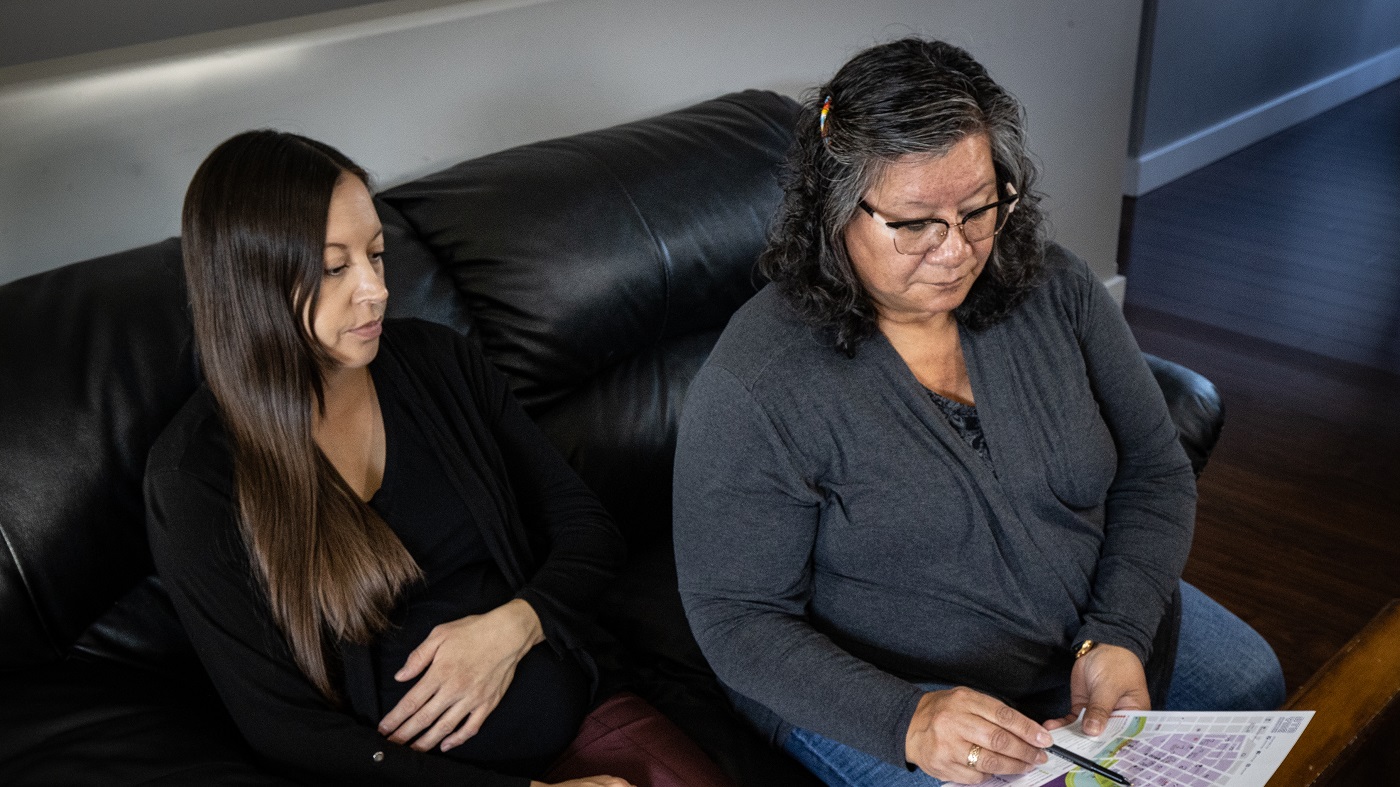Wildfire Awareness Campaign for Women
Alberta, Ontario, Manitoba, Saskatchewan
| July - August 2021

When it comes to experiencing firsthand the devastation of wildfires, it can be all too easy to say, “It’ll never happen to me.” Wildfires often start small, initially going unnoticed; but they also have the capacity to spread very quickly. As a wildfire travels across large areas, it can ignite brush, trees, homes, and buildings along its path of destruction. Burning debris can even be sent up to two kilometres ahead of a wildfire. On average, there are around 8,000 wildfires in Canada each year, which burn 2.5 million hectares annually – an area nearly half the size of Nova Scotia. Much of the country is at risk of wildfires, with the protracted season lasting between April and September.
Through the Inclusive Resilience project, the Canadian Red Cross deployed a social media campaign (including paid ads and blog posts) designed to increase awareness among women – specifically single mothers and pregnant women from low-income households. The campaign had a catchment population of over half a million individuals and, as a result, over 5,000 sought out more information through the Red Cross website. This campaign was launched in the early days of the project, and we learned that most visitors accessed the information from a mobile device Subsequently, the project systematically developed mobile-friendly content for future communication initiatives.
Resources to explore:
Emergency preparedness on a budget
Preparedness tips for pregnant women
Dispelling five common disaster myths
Through the Inclusive Resilience project, the Canadian Red Cross deployed a social media campaign (including paid ads and blog posts) designed to increase awareness among women – specifically single mothers and pregnant women from low-income households. The campaign had a catchment population of over half a million individuals and, as a result, over 5,000 sought out more information through the Red Cross website. This campaign was launched in the early days of the project, and we learned that most visitors accessed the information from a mobile device Subsequently, the project systematically developed mobile-friendly content for future communication initiatives.
Resources to explore:
Emergency preparedness on a budget
Preparedness tips for pregnant women
Dispelling five common disaster myths
